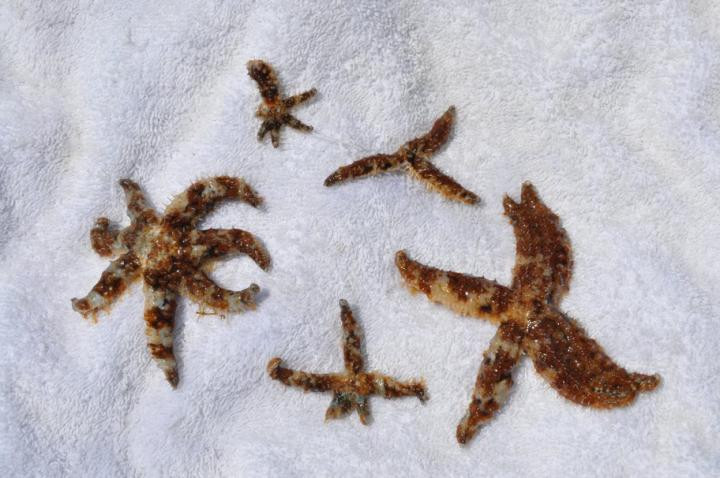Sexual reproduction reduces lifespan and affects health in starfish

Reproduction by cloning could confer a longer life compared to sexual reproduction going by studies on starfish.
Researchers at the University of Gothenburg saw that starfish that reproduce through cloning avoid ageing to a greater extent than those opting for sexual reproduction.
The cloned starfish also had better health.
They arrived at the conclusion by examining telomere lengths and population genetics of the species Coscinasterias tenuispina.
Starfish exhibited both asexual (cloning) and sexual reproduction. Asexual reproduction involves the starfish dividing itself into two or more parts, which continue to regenerate.
Telomeres are located at the ends of the chromosomes and their lengths get shortened during the lifespan of an organism.
Both Mediterranean and Atlantic populations of starfish were studied. There was a clear positive link between long telomeres and the level of clonality.
"Our results from the genetic markers show that the starfish are more inclined to clone themselves in the Mediterranean," says Helen Nilsson Sköld from the University of Gothenburg's Sven Lovén Centre for Marine Sciences in Kristineberg. "In actual fact, there only appears to be a single clone off the Spanish Costa Brava. In the Atlantic, however, sexual reproduction is more common."
Telomeres were longer in the newly formed tissue than in the 'old' tissue in the same starfish and could possibly be an explanation behind the particularly good health and long telomeres of clones.
Telomeres are the protective caps on the ends of DNA strands called chromosomes. In humans, they start with around 8,000-10,000 nucleotides and shorten with each cell division, till they reach a critical length when the cell stops dividing or dies.
Stanford scientists recently claimed to have found a way to lengthen human telomeres by as much as 1,000 nucleotides and delay ageing.
© Copyright IBTimes 2025. All rights reserved.





















